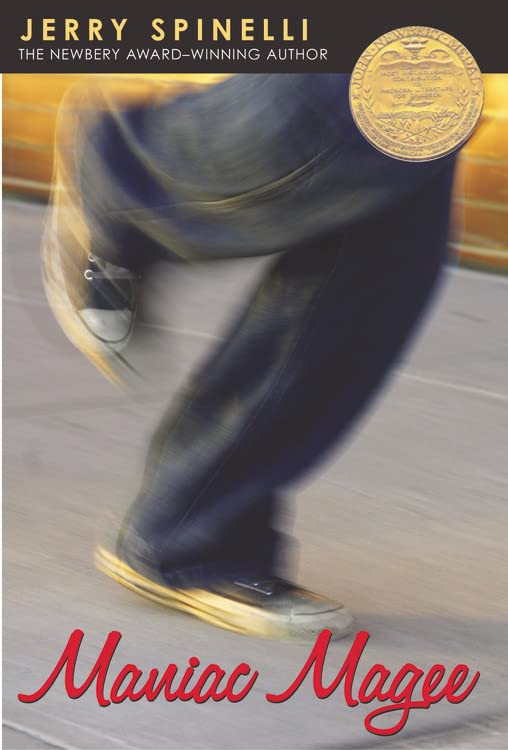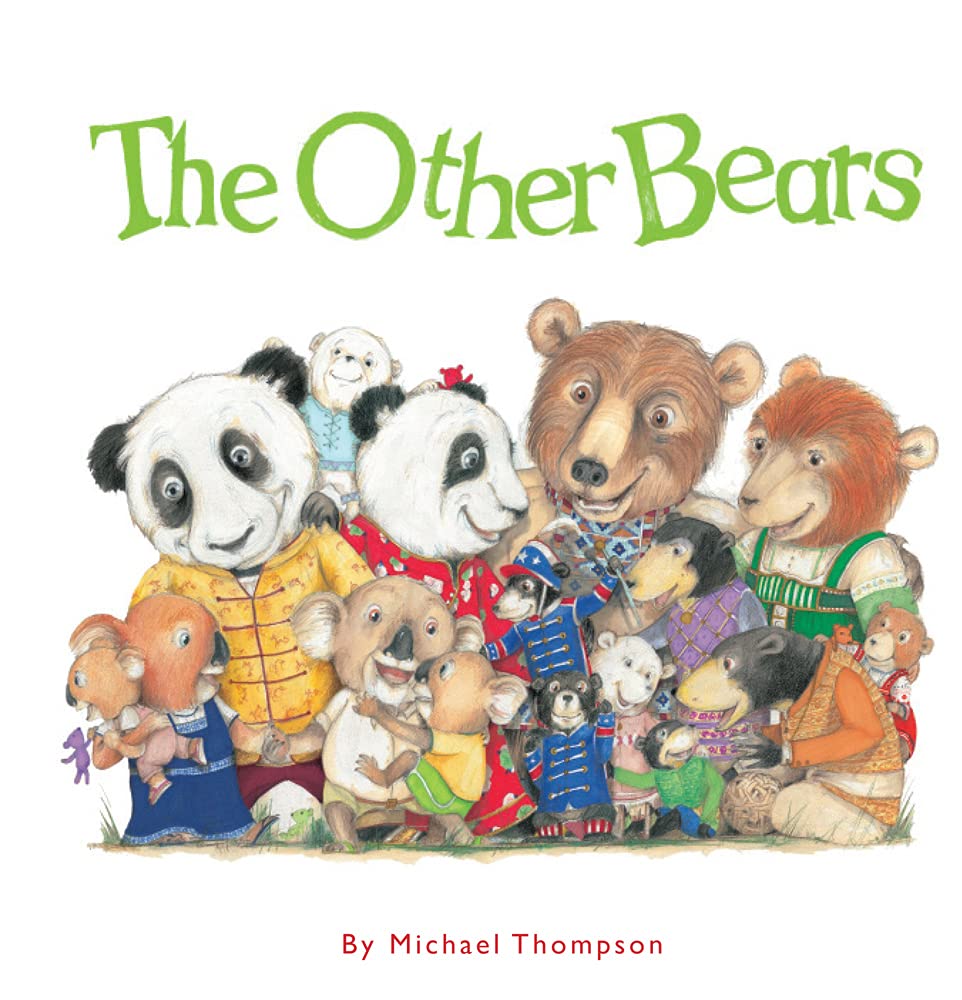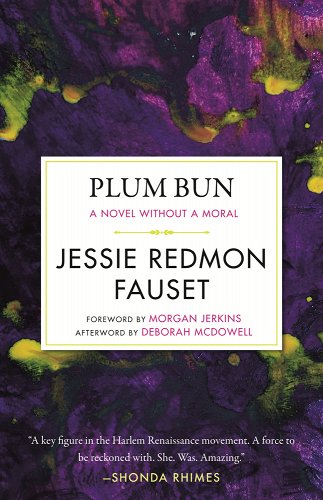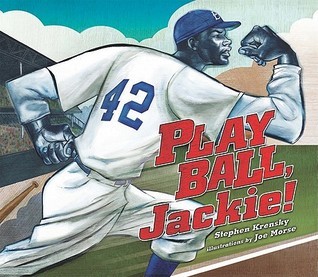Esperanza Rising by Pam Munoz Ryan is a powerful story about a rich and spoiled Mexican girl whose sudden impoverishment in the 1930s takes her into the migrant worker camps of California. It teaches much about the Great Depression as well as discrimination during that period. At the beginning of the novel, Esperanza lives a













